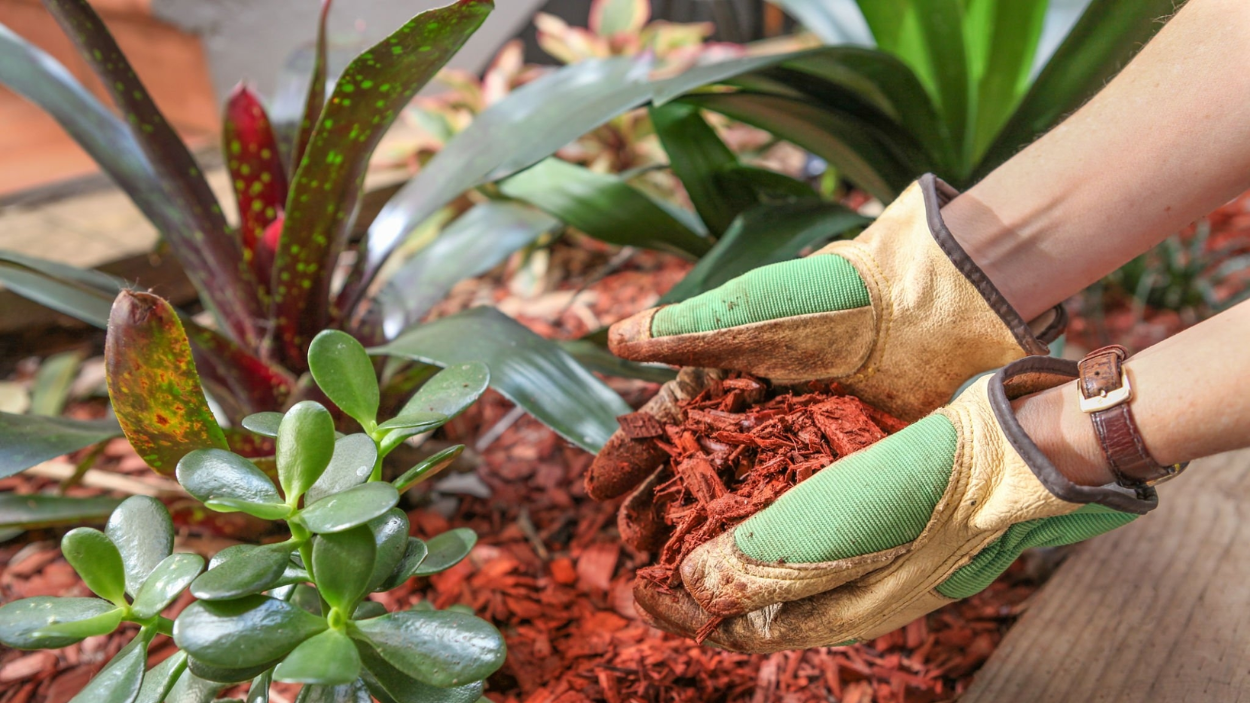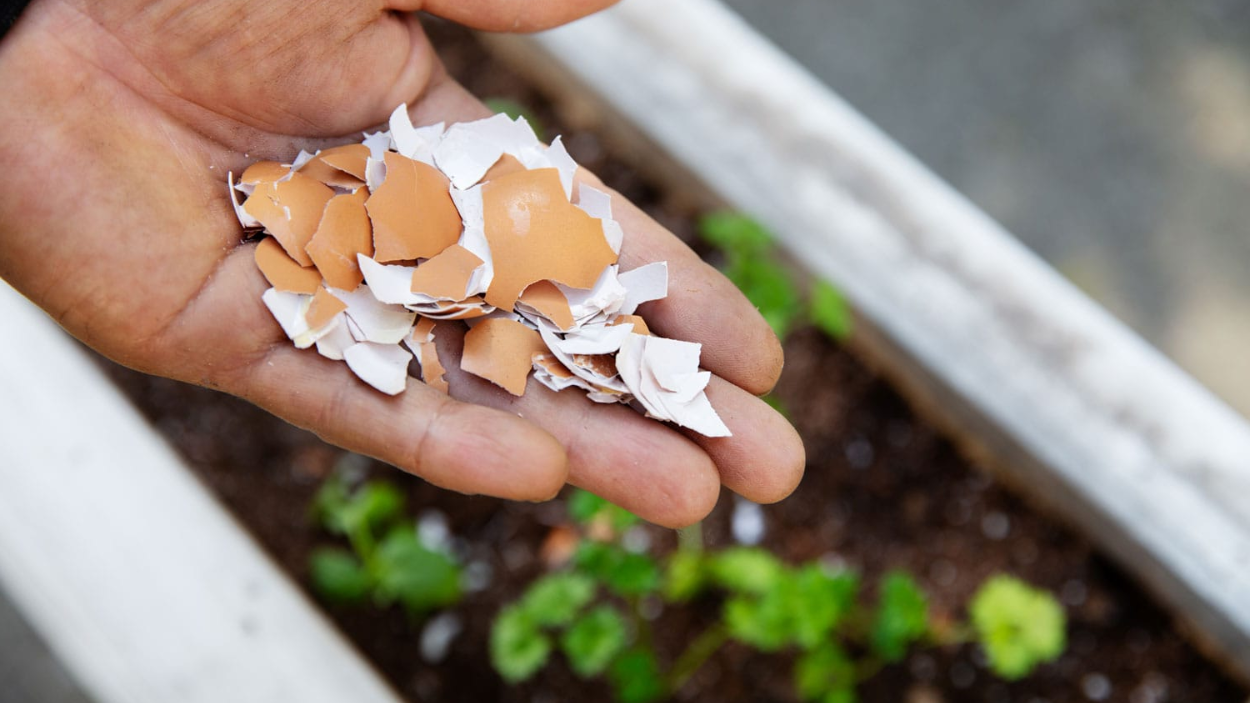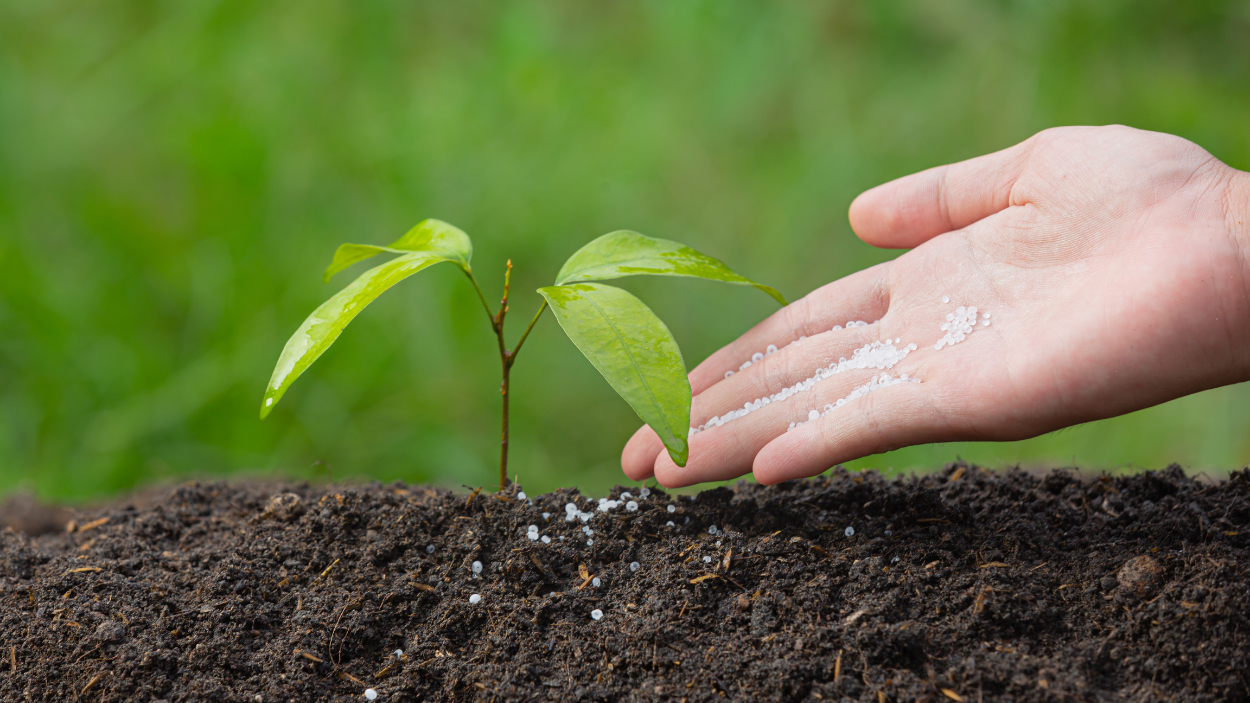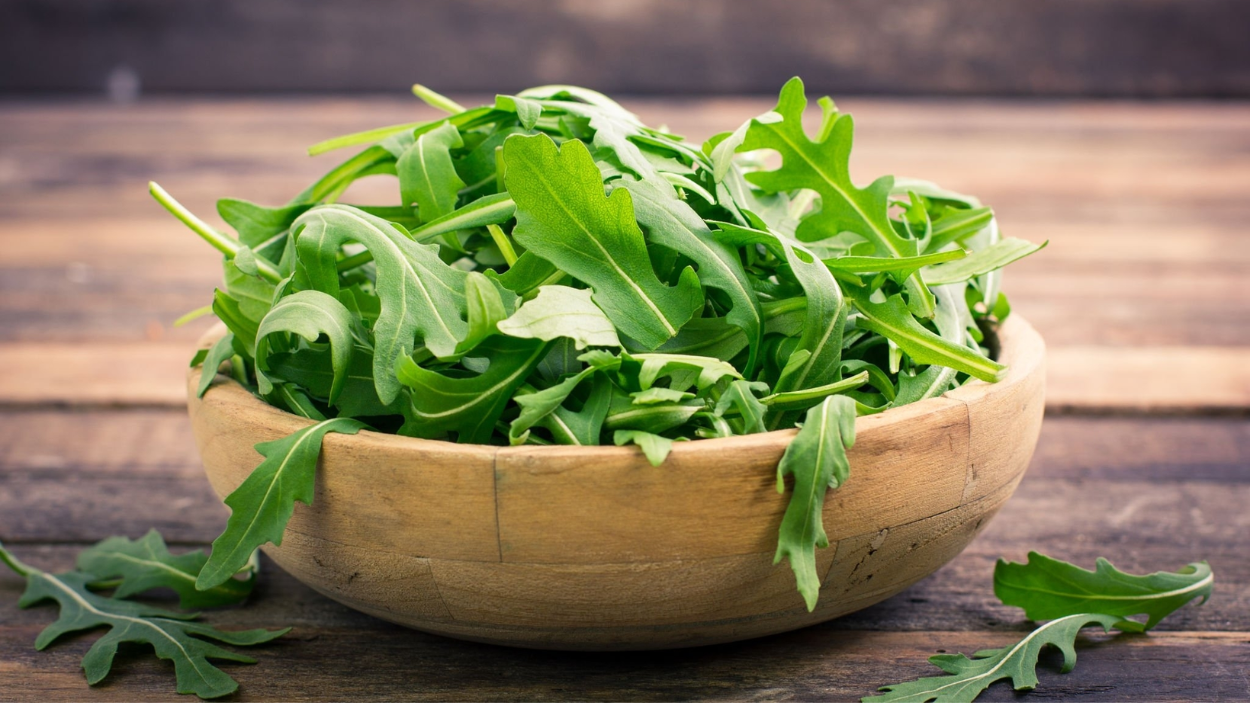Our article explores the top mulch options to enhance your flower beds and promote their health and beauty. We delve into the benefits of organic mulches such as wood chips, straw, and shredded leaves, which help retain moisture, regulate soil temperature, and suppress weed growth. Additionally, we discuss the merits of synthetic mulches like rubber or landscape fabric, which offer durability and long-lasting weed control. We provide insights on selecting the most suitable mulch for your flower beds based on factors like aesthetics, plant preferences, and local climate conditions. By choosing the right mulch, you can create a nurturing environment that supports the growth of vibrant and thriving flowers, elevating the overall visual appeal of your garden.
What Is Mulch?
Mulch refers to a protective layer of material applied on the soil surface in gardens, flower beds, or around plants. It serves various purposes, such as conserving moisture, regulating soil temperature, suppressing weed growth, and improving overall soil health. Mulch can be made from a variety of materials, including organic options like wood chips, straw, grass clippings, leaves, or compost, as well as synthetic materials like rubber or landscape fabric. Mulching provides functional benefits and enhances the garden's aesthetic appeal by creating a neat and uniform appearance.
Factors To Consider When Using Mulch
1. Mulch Type: Choose the right type of mulch based on your specific needs and preferences. Consider factors such as organic vs. synthetic, the appearance you desire, and the benefits you seek, such as moisture retention or weed suppression.
2. Mulch Depth: Determine the appropriate depth of mulch for your plants and garden. Generally, a depth of 2-4 inches (5-10 cm) is recommended. However, some plants may have specific requirements, so research the ideal depth for your particular flowers or shrubs.
3. Mulch Placement: Ensure that the mulch is evenly spread around the base of plants, avoiding direct contact with stems or trunks. This helps prevent moisture-related issues and discourages pests or diseases.
4. Watering Considerations: Adjust your watering practices when using mulch. Mulch helps retain moisture in the soil, so you may need to water less frequently. Monitor soil moisture levels and adjust your watering schedule accordingly.
5. Organic Matter Decomposition: Organic mulches break down over time, adding nutrients to the soil. Consider the rate of decomposition when choosing your mulch type, as some may need replenishing more frequently than others.
6. Mulch Maintenance: Regularly inspect and maintain your mulch layer. Remove any weeds or unwanted plant material that may appear. Additionally, periodically fluff or turn the mulch to prevent compaction and promote aeration.
7. Soil and Climate Considerations: Consider your soil type and local climate when selecting mulch. Some mulches may be more suitable for retaining moisture in dry climates, while others may be better for improving drainage in heavy soils.
8. Plant Health and Pests: Be mindful of potential plant health issues and pests that may be attracted to certain types of mulch. For example, some organic mulches can provide habitats for insects or fungal growth. Monitor your plants regularly and address any issues promptly.
Mulches To Avoid
While there are many suitable mulches available, there are a few types that you may want to avoid using in your garden:
Type 1. Fresh Manure: Fresh manure, especially from animals such as cows or poultry, can be too high in nitrogen and ammonia, which can burn plant roots and damage delicate plants. It's best to compost manure first to allow it to decompose and mellow out before using it as mulch.
Type 2. Black Plastic: While black plastic may effectively suppress weeds, it also prevents water penetration into the soil and hinders air circulation. This can lead to poor plant health, root rot, and the inability for beneficial organisms to thrive in the soil.
Type 3. Whole Leaves: Using whole leaves as mulch can create a dense, mat-like layer that doesn't allow water to penetrate easily. This can result in water runoff and hinder root growth. Instead, shred or compost leaves before using them as mulch to allow for better water absorption and decomposition.
Type 4. Fresh Grass Clippings: Using fresh grass clippings as mulch can create a compacted layer that prevents air circulation and may produce an unpleasant odor as they decompose. If using grass clippings, allow them to dry out first or mix them with other materials to promote proper decomposition.
Type 5. Dyed or Treated Wood Chips: Avoid using wood chips that have been dyed or treated with chemicals, especially if you're growing edible plants. These can leach harmful substances into the soil and potentially harm your plants or contaminate the produce.
Special Tips For Using Mulches
Tip 1. Prepare the Soil: Before applying mulch, ensure that the soil is well-prepared. Remove any weeds or debris and loosen the soil surface to allow for better water penetration.
Tip 2. Weed Control: Apply a layer of weed barrier fabric or thick newspaper underneath the mulch to further suppress weed growth. This helps prevent weeds from germinating and competing with your flowers for nutrients and water.
Tip 3. Apply the Right Depth: Spread a layer of mulch around your flower beds with a depth of 2-4 inches (5-10 cm). Thicker mulch may lead to excessive moisture retention and potential root rot, while thinner mulch may not provide adequate weed suppression or moisture retention.
Tip 4. Keep Mulch Away from Plant Stems: Leave a small gap around the base of your flowers to prevent direct contact between the mulch and plant stems. This reduces the risk of moisture-related diseases and pests.
Tip 5. Mulch Edges: Extend the mulch slightly beyond the edges of your flower beds to create a neater appearance and discourage weeds from encroaching from the surrounding areas.
Tip 6. Replenish as Needed: Over time, organic mulches break down and decompose. Regularly monitor the depth of your mulch layer and replenish it as necessary to maintain the desired thickness and benefits.
Tip 7. Water Properly: While mulch helps retain moisture, it's essential to monitor soil moisture levels and water your flower beds as needed. Mulch can reduce evaporation and water runoff, but it doesn't eliminate the need for watering altogether.
Tip 8. Consider Aesthetics: Choose a mulch color and texture that complements your flowers and garden design. Options like wood chips, straw, or shredded bark can enhance the visual appeal of your flower beds.
Tip 9. Monitor Plant Health: Regularly inspect your flowers for signs of pests, diseases, or nutrient deficiencies. Adjust your mulch and watering practices accordingly to ensure optimal plant health.
Frequently Asked Questions
- Q1: How often should I replenish the mulch in my flower beds?
A1: Mulch gradually breaks down over time, so it's recommended to replenish the mulch layer annually or as needed. Monitor the thickness of the mulch and add more as it decomposes or thins out.
- Q2: Can I use the same mulch for different types of flowers?
A2: Yes, you can use the same mulch for different types of flowers. However, consider the specific needs of each flower, such as soil pH requirements or moisture preferences, to ensure compatibility.
- Q3: Should I remove old mulch before applying a fresh layer?
A3: It's not necessary to remove all the old mulch. You can loosen the existing mulch with a rake or garden fork and add a fresh layer on top. This helps maintain a consistent mulch depth and allows for the gradual decomposition of the older mulch.
- Q4: Can I mix different types of mulch together?
A4: Mixing different types of mulch is possible and can provide a unique blend of benefits. However, keep in mind that different mulches may decompose at different rates, so you may need to replenish or adjust the mulch layer accordingly over time.
Final Thought
In conclusion, selecting the best mulch for your flower beds is a vital step toward creating a thriving and visually stunning garden. By considering factors such as moisture retention, weed suppression, and the specific needs of your plants, you can make an informed choice. Whether you opt for organic mulches like wood chips or synthetic options like rubber mulch, the key is to provide a protective layer that nurtures your flowers and enhances their growth. With the guidance provided in this article, you're well-equipped to transform your flower beds into vibrant, weed-free havens where your blooms can flourish and captivate all who behold them.




